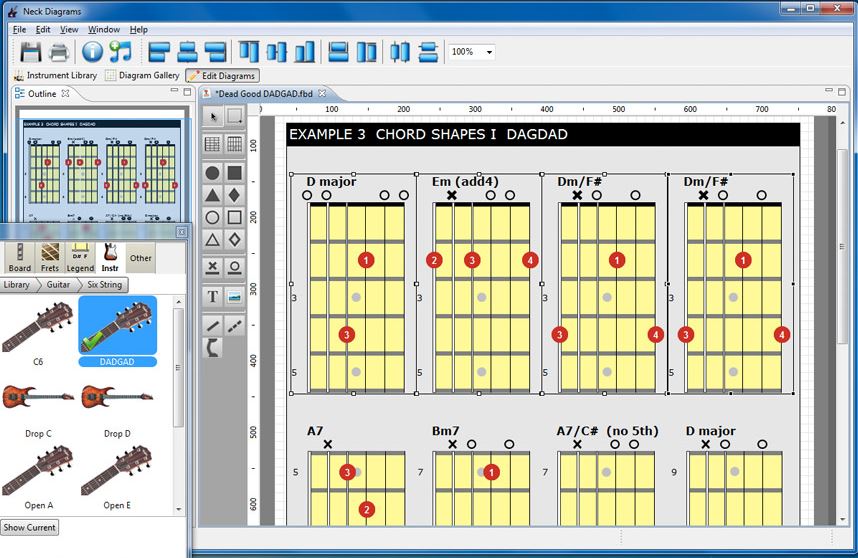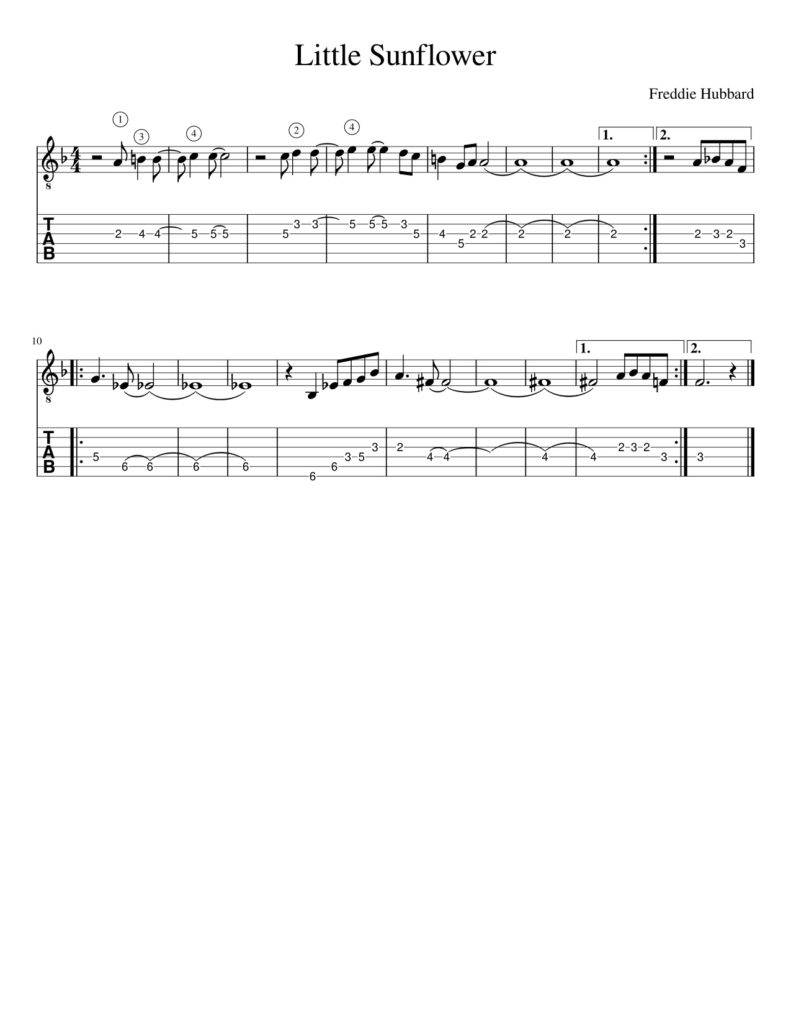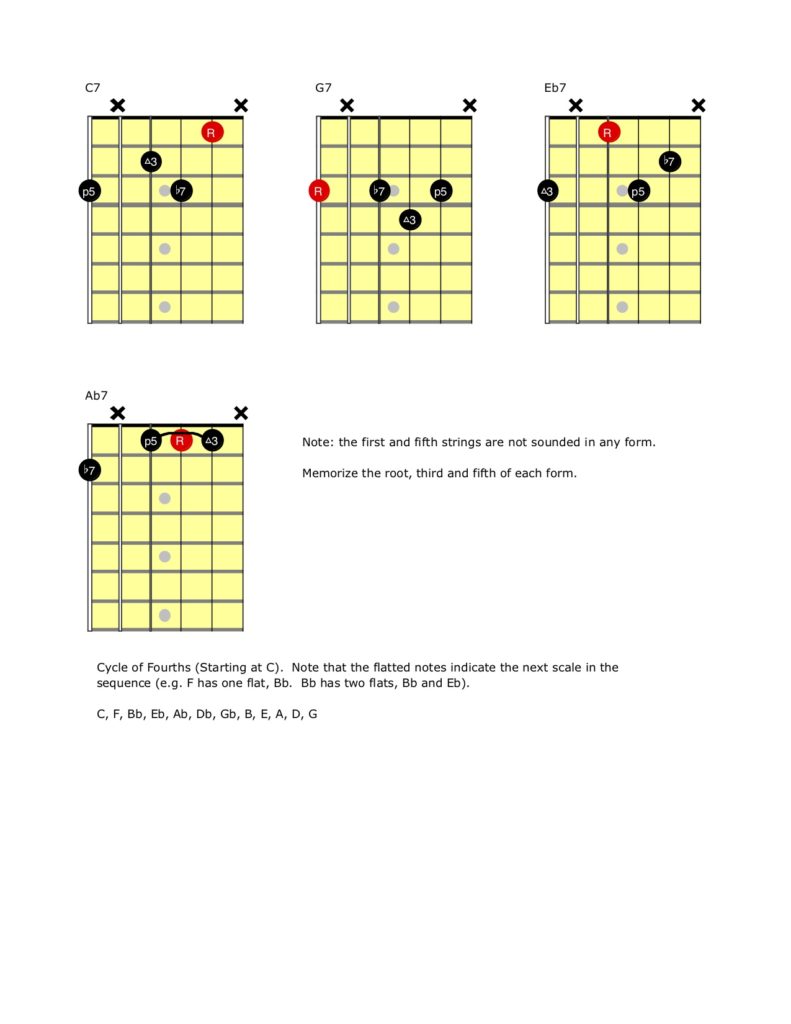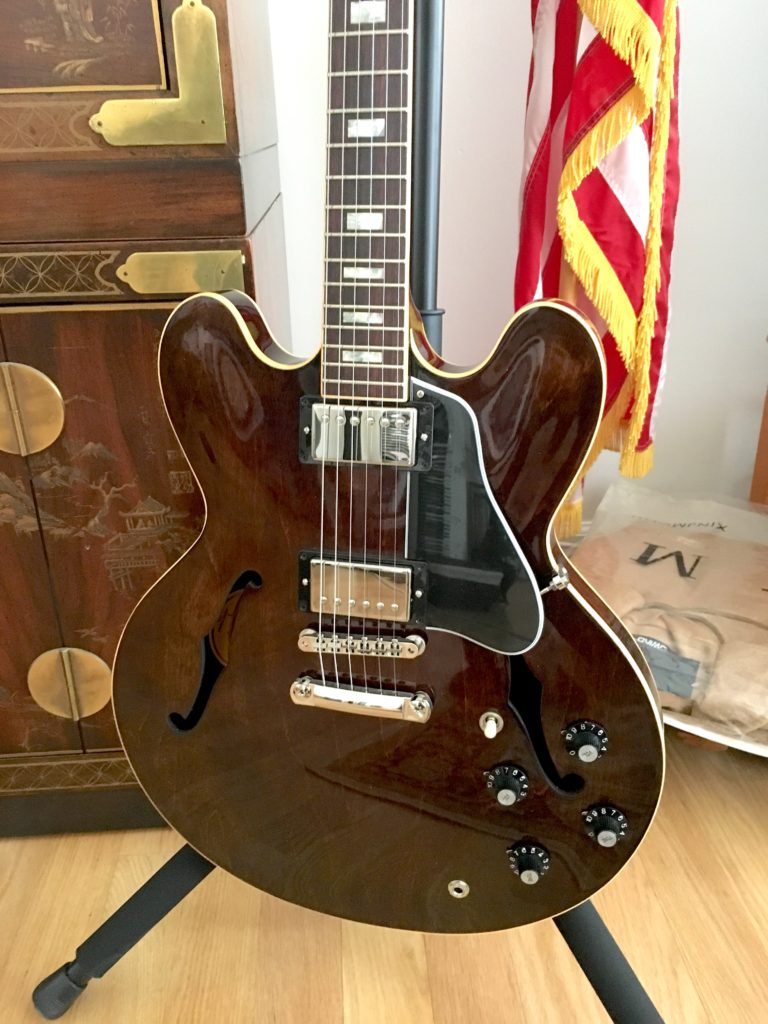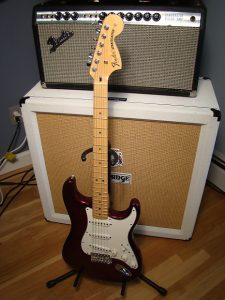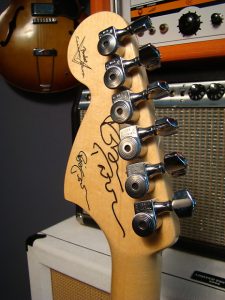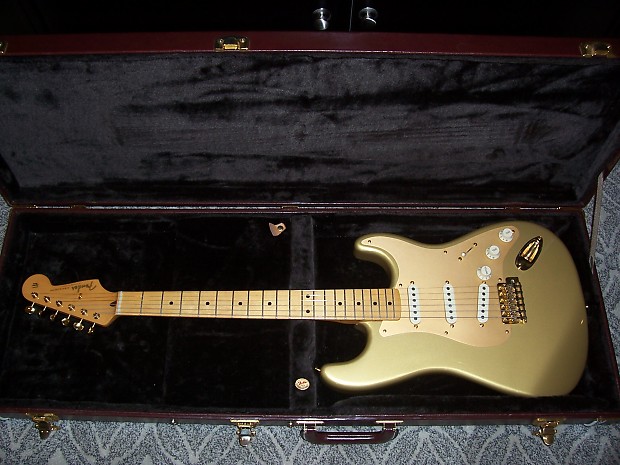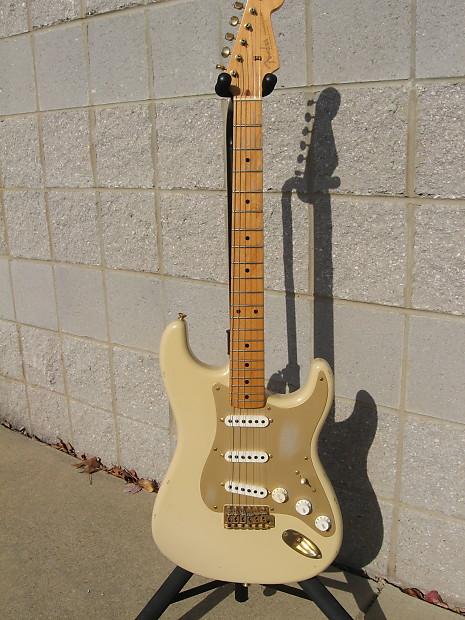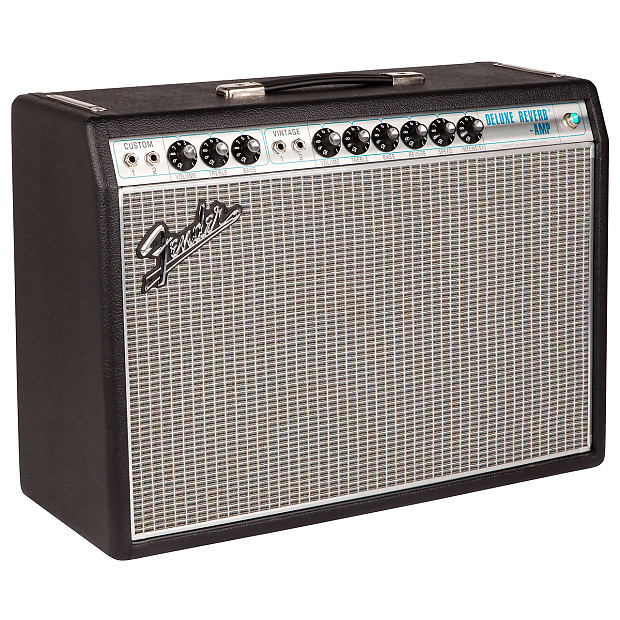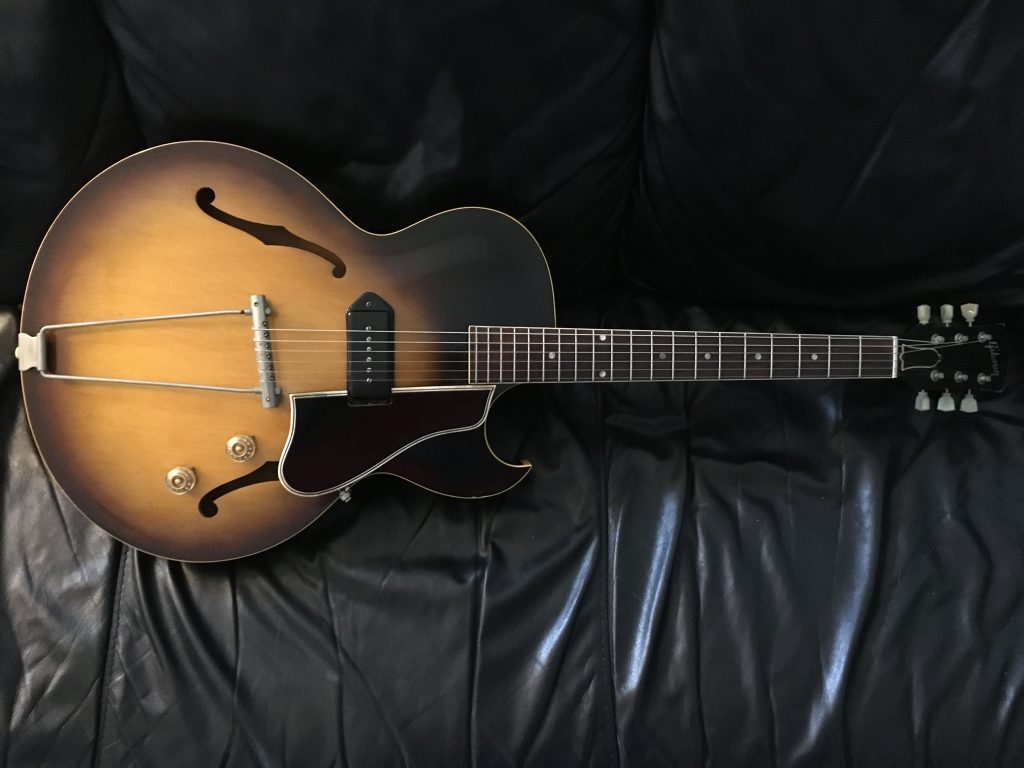Happy New Year! I am sometimes surprised that I’ve made it this far, this long. God has blessed me with good health despite my not always taking care of it. My only physical complaint is a back that sometimes causes me discomfort. My hair has thinned and greyed, I’m showing wrinkles I never had before, and I’ve slowed down considerably. But I take no medications, can still fit into suits that I purchased decades ago, and have a generally positive outlook on life.
My only New Year’s resolution is the same one I’ve made for years: to not make any New Year’s resolutions!
There are changes coming! Recently it occurred to me that the church’s worship band has no bass player. Since there are already two guitar players who are well established with the band, the thought came to me that maybe I could pick up the bass and join the band.
I did some research, and felt like I could buy an inexpensive bass. To make a long story short, I found a used bass guitar I paid $99 for, and a used amp I bought for $35, and thus the story begins…
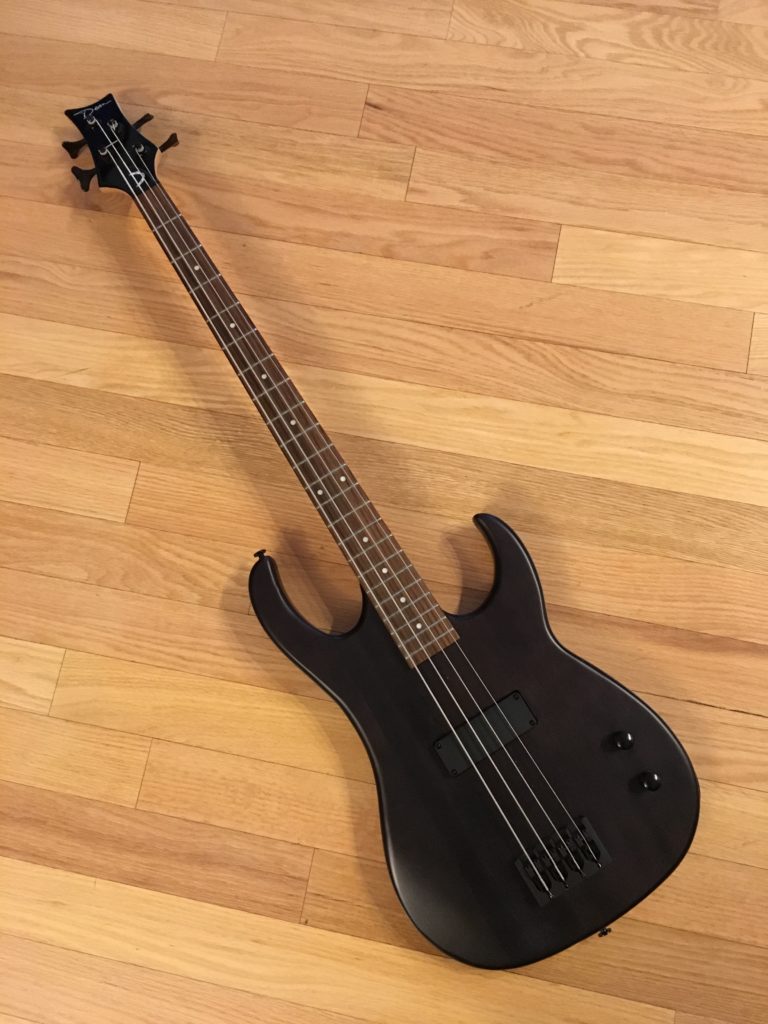
But wait, there’s more. Because I’m an impulsive guy, I read that guitar players with small hands may be more comfortable playing something called a “short scale” bass. The regular scale of a bass guitar is 34″ (measured from the nut to the bridge). A short scale bass usually falls into the 30″ range.
Having a computer and an Internet connection can be a dangerous mix. I surfed around and found a short scale bass from Ibanez called the MiKro. At 28.6″, it’s even shorter than the standard. I found a store that had one in stock, so I went and played it. Nice!
I hated the color, but fortunately, they come in a variety of colors, and everyone — online or local — sells them for the same price. So, now on order, due to arrive January 3, is an Ibanez GSRM20RBM MiKro in Root Beer Metallic.
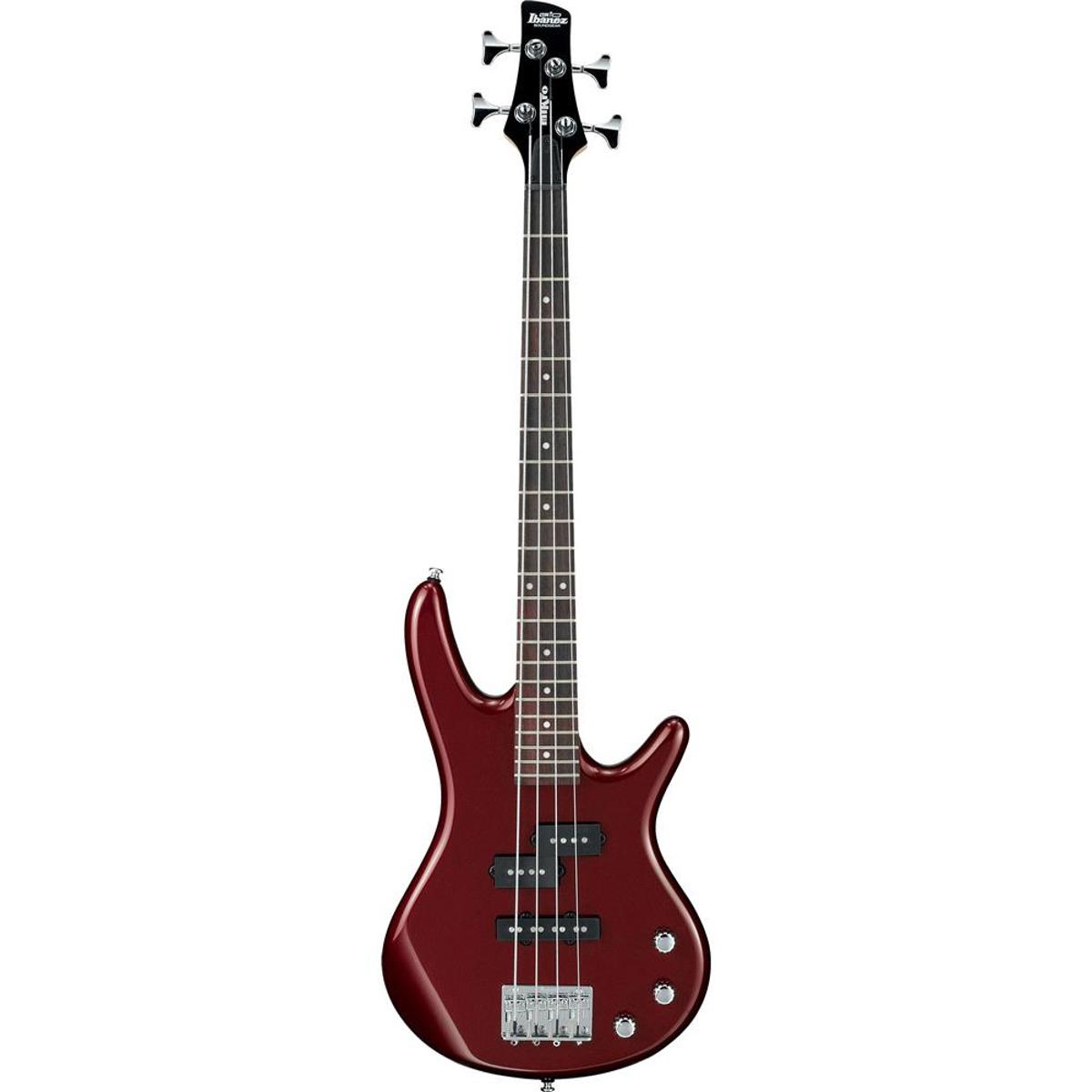
One of my college roommates had an Ibanez guitar. I never really cared for them, but they seem to be very popular with heavy metal rock players and “shredders.” However, their reputation for building quality bass guitars — especially at the low end of the price scale — seems to be unmatched.
Time will tell. If nothing else, I have a new interest to keep me occupied for the near future. That future is 2019. Happy New Year!

